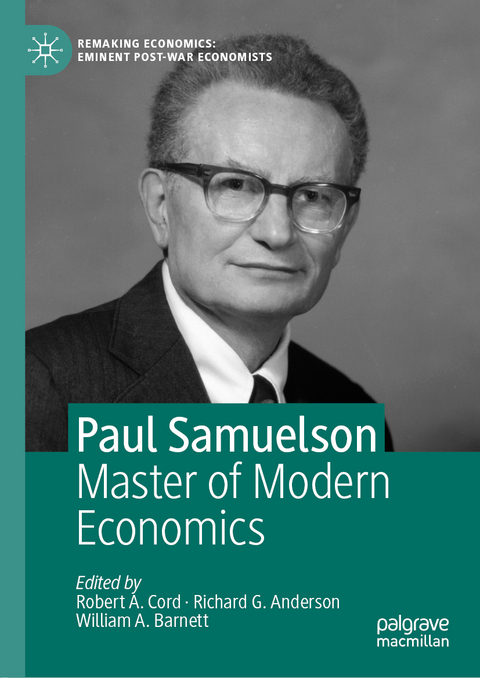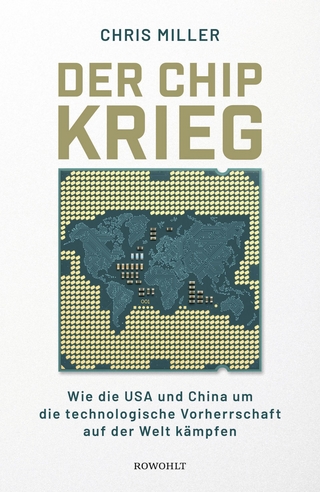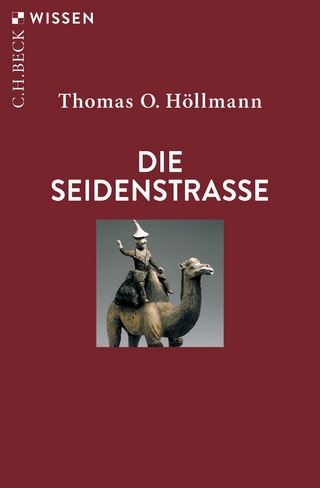
Paul Samuelson
Palgrave Macmillan (Verlag)
978-1-137-56811-3 (ISBN)
The volume focuses both on how Samuelson’s work has been developed by others and on how that work fits into subsequent developments in the various fields of speciality within which Samuelson operated.
Robert A. Cord holds a PhD from Cambridge University, UK. His areas of interest include the history of economic thought and, within this, the history of macroeconomics. His publications include Reinterpreting the Keynesian Revolution (2012), (as co-editor) Milton Friedman: Contributions to Economics and Public Policy (2016), The Palgrave Companion to Cambridge Economics and The Palgrave Companion to LSE Economics. Richard G. Anderson joined the Centre for Economics and the Environment at Lindenwood University as a research fellow in the Summer of 2013 and also teaches economics courses in the School of Business and Entrepreneurship. Prior to joining Lindenwood, he was a vice president and economist at the Federal Reserve Bank of St. Louis. William A. Barnett is Director of the Advances in Monetary and Financial Measurement Program at the Center for Financial Stability.The program provides national and international databases of monetary and financial data that are rigorously founded in economic aggregation and index-number theory. Data includes monthly releases and relevant analysis of US money supply.
1. Introduction- Richard G. Anderson.- Part I: Samuelson’s Contribution to Economics: Methodology and Mathematics.- 2. Paul Samuelson’s Ideology and Scientific Economics- J. Daniel Hammond.- 3. Re-Examining Samuelson’s Operationalist Methodology- D. Wade Hands.- 4. The Young Paul Samuelson: Mathematics as a Language, the Operational Attitude, and Systems in Equilibrium- Juan Carvajalino.- 5. Paul Samuelson and My Intellectual Development- Gregory C. Chow.- 6. Some Correspondence with Paul Samuelson on Economic Theory: An Intimate Memoir- Donald A. Walker.- 7. Some Correspondence with Paul Samuelson on the History of Economic Thought: An Intimate Memoir- Donald A. Walker.- 8. The Samuelson Revolution in Australia- Alex Millmow.- Part II: Samuelson’s Contribution to Economics: Microeconomics and Finance.- 9. Samuelson’s Approach to Revealed Preference Theory: Some Recent Advances- Thomas Demuynck and Per Hjertstrand.- 10. Paul Samuelson and the Economics of Pass-Through and the Envelope Theorem- Joseph Farrell.- 11. Not a Behaviorist: Samuelson’s Contributions to Utility Theory in the Harvard Years, 1936-1940- Ivan Moscati.- 12. A Short History of the Bergson-Samuelson Social Welfare Function- Herrade Igersheim.- 13. Climbing Mount Everest: Paul Samuelson on Financial Theory and Practice- Jeremy J. Siegel.- 14. Paul Samuelson: Three Key Contributions to Finance- Ronald MacDonald.- Part III: Samuelson’s Contribution to Economics: Macroeconomics, International Trade and Development.- 15. Paul Samuelson and Macroeconomics- K. Vela Vellupillai.- 16. Keynesian Uncertainty: The Great Divide between Joan Robinson and Paul Samuelson in their Correspondence and Public Exchanges- Harvey Gram with the collaboration of G.C. Harcourt.- 17. Paul Samuelson, Government, and Monetary Policy: Some Evidence from the Archives- Robert A. Cord.- 18. Paul A. Samuelson and theFoundation of International Economics- Lall Ramrattan and Michael Szenberg.- 19. Samuelson’s Contributions to Population Theory and Overlapping Generations in Economics- Ronald Lee.- 20. Paul Samuelson’s Contributions to Public Economics- Michael J. Boskin.- 21. Samuelson on Ricardo and on Technical Change- Arnold Heertje.- 22. Divergence and Convergence: Paul Samuelson on Economic Development- Mauro Boianovsky.
| Erscheinungsdatum | 11.02.2020 |
|---|---|
| Reihe/Serie | Remaking Economics: Eminent Post-War Economists |
| Zusatzinfo | 3 Illustrations, color; 7 Illustrations, black and white; XXVI, 594 p. 10 illus., 3 illus. in color. |
| Verlagsort | Basingstoke |
| Sprache | englisch |
| Maße | 148 x 210 mm |
| Themenwelt | Geschichte ► Teilgebiete der Geschichte ► Wirtschaftsgeschichte |
| Wirtschaft ► Allgemeines / Lexika | |
| Wirtschaft ► Volkswirtschaftslehre ► Finanzwissenschaft | |
| Wirtschaft ► Volkswirtschaftslehre ► Makroökonomie | |
| Schlagworte | Chicago school of economics • Demand theory for households and firms • Game Theory • Growth Theory • Keynesian Economics • Mathematical Biology • monetarists • National Medal of Science in 1996 • Neoclassical Economics • Neoclassical synthesis • Nobel Memorial Prize for Economics 1970 • Paul Samuelson • revealed preference theory • Stochastic process theory • Utility Theory • Welfare Economics |
| ISBN-10 | 1-137-56811-9 / 1137568119 |
| ISBN-13 | 978-1-137-56811-3 / 9781137568113 |
| Zustand | Neuware |
| Informationen gemäß Produktsicherheitsverordnung (GPSR) | |
| Haben Sie eine Frage zum Produkt? |
aus dem Bereich


